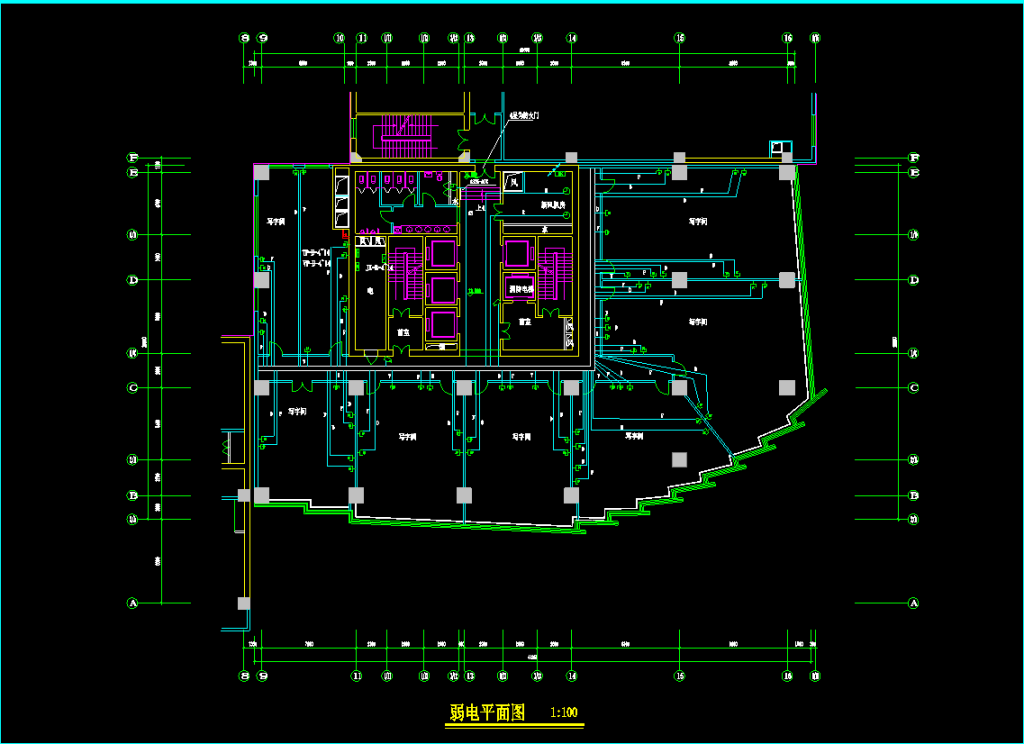The best layout for a grocery store depends on various factors such as store size, target audience, product assortment, and overall business goals. However, here are some common layout strategies that are often effective:
Grid Layout: This is a straightforward and efficient layout where aisles are arranged in a grid pattern, creating a simple and easy-to-navigate shopping experience. Shelves are organized in parallel rows, and each aisle represents a specific category or department. This layout is particularly suitable for larger stores with a wide range of products.
Racetrack or Loop Layout: In this layout, aisles form a loop around the store, guiding customers through different sections. The checkout counters are usually placed near the entrance or exit. This design encourages customers to explore the entire store and exposes them to a variety of products. It works well for medium to large stores.
Departmental Layout: With a departmental layout, the store is divided into distinct departments such as produce, dairy, meat, bakery, and so on. Each department is located in a specific area of the store, and aisles within each department contain related products. This layout enables customers to locate specific items easily and is particularly effective for larger stores or stores catering to specific customer preferences.
Market-style Layout: Similar to a departmental layout, a market-style layout creates a marketplace atmosphere. It mimics the feel of an open-air market by organizing departments into distinct sections. Each section may have its own unique design and signage that reflects the products sold, such as a seafood market or a deli area. This layout can create a more immersive shopping experience and is often preferred by specialty or gourmet stores.
Hybrid Layout: Many stores combine different layout elements to create a hybrid approach that suits their specific needs. For example, a store may use a grid layout for most of its aisles but incorporate a racetrack layout for specific sections like fresh produce or promotional displays. Hybrid layouts allow for flexibility and customization based on store size, product assortment, and customer preferences.
Regardless of the layout chosen, it’s essential to ensure clear signage, adequate aisle widths for easy movement, proper lighting, and strategic placement of high-demand or impulse items. Regularly analyze customer flow patterns and make adjustments based on customer feedback and sales data to optimize the store layout over time.



